Poison is a common defense and attack mechanism in the animal kingdom, and the jungle is teeming with creatures that use it with impressive finesse. From tiny insects to larger predators, each of these animals has unique adaptations that make them masters of toxic warfare. Join me on a journey through the jungle as we explore 12 fascinating creatures that wield poison as a weapon.
1. The Elusive Poison Dart Frog
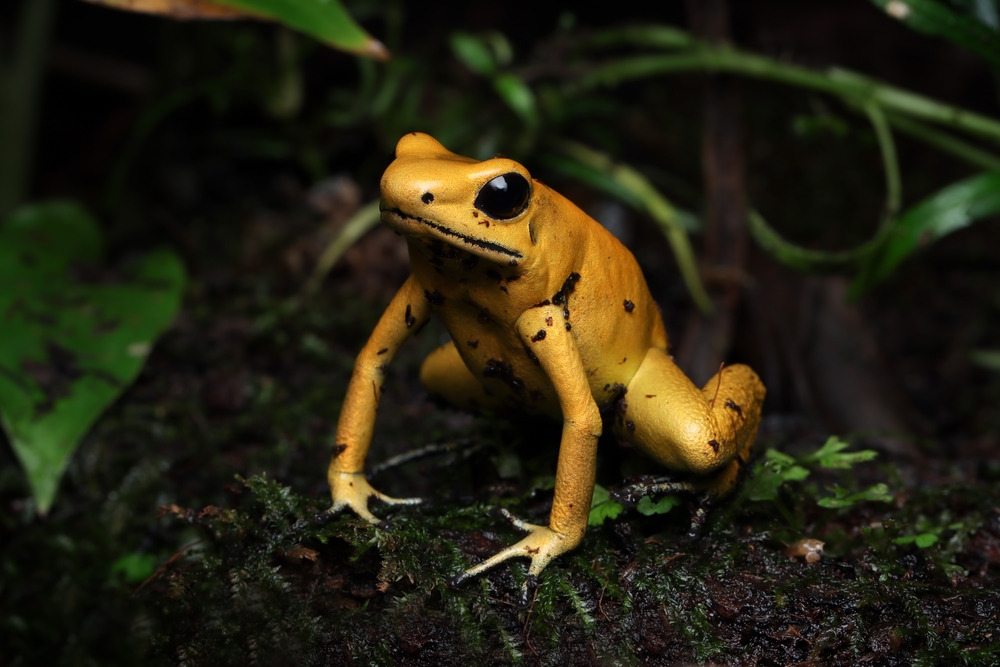
The poison dart frog is perhaps one of the most well-known toxic creatures in the jungle. These vibrantly colored amphibians carry enough poison to deter any would-be predator, and their bright hues serve as a stark warning. The poison, known as batrachotoxin, is secreted through their skin, making them deadly to touch. Indigenous people have historically used this toxin to coat their blow darts for hunting, hence the name “poison dart frog.” Interestingly, these frogs do not produce the toxin themselves; instead, they acquire it from their diet of ants, mites, and other small insects. According to [National Geographic, the dart frog’s toxicity varies greatly depending on its habitat and diet.
Although these frogs are small, their impact is mighty, and they play a crucial role in maintaining the balance within their ecosystems. The poison dart frog’s presence in the jungle acts as a natural control for insect populations. As a species, they are facing threats due to habitat loss and climate change, which makes conservation efforts vital for their survival. Fortunately, many zoos and research facilities work tirelessly to study and protect these incredible creatures. It’s amazing how something so colorful and seemingly harmless can be one of the most potent animals in the jungle.
2. The Sneaky Brazilian Wandering Spider
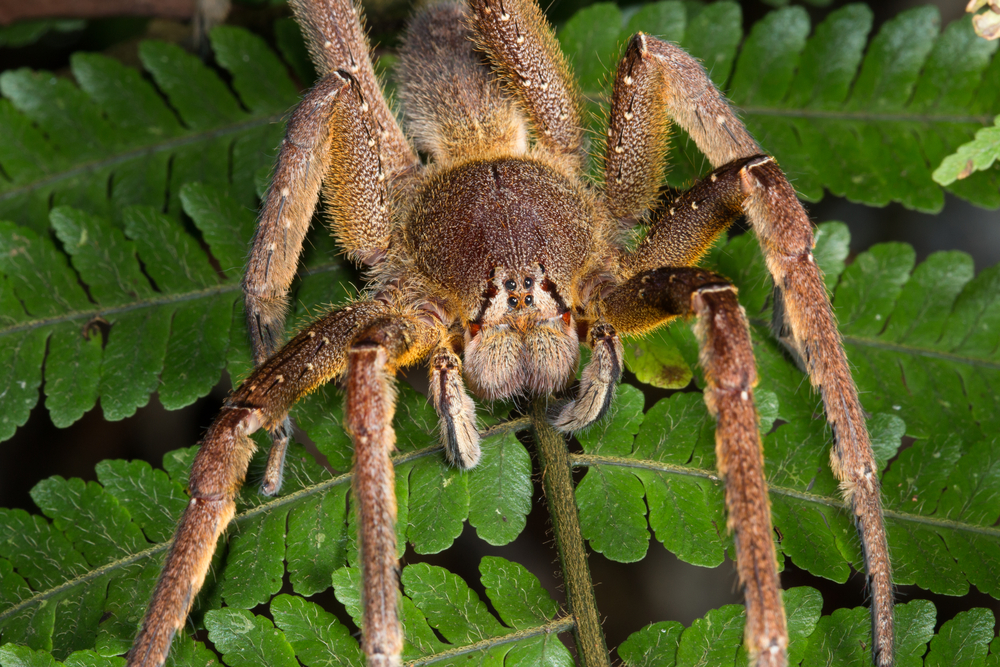
The Brazilian wandering spider, often referred to as the “banana spider,” is infamous for its highly venomous bite. This spider is not only one of the most venomous on the planet, but its aggressive behavior also makes encounters particularly dangerous. Unlike other spiders that rely on webs, the Brazilian wandering spider actively hunts its prey, often at night. Its venom contains a potent neurotoxin that can cause intense pain, paralysis, and even death if untreated. What makes this spider particularly notorious is its habit of hiding in banana bunches, leading to unexpected encounters with humans.
Despite its fearsome reputation, the Brazilian wandering spider plays a crucial role in its ecosystem by controlling insect populations. This arachnid’s venom is also being studied for potential medicinal uses, including treatments for erectile dysfunction. The dual nature of this spider, as both a threat and a potential benefactor, showcases the complexity of nature’s designs. Learning about its behavior and habitat helps demystify the fear surrounding it and highlights the need for balanced coexistence with these creatures.
3. The Stealthy Cone Snail
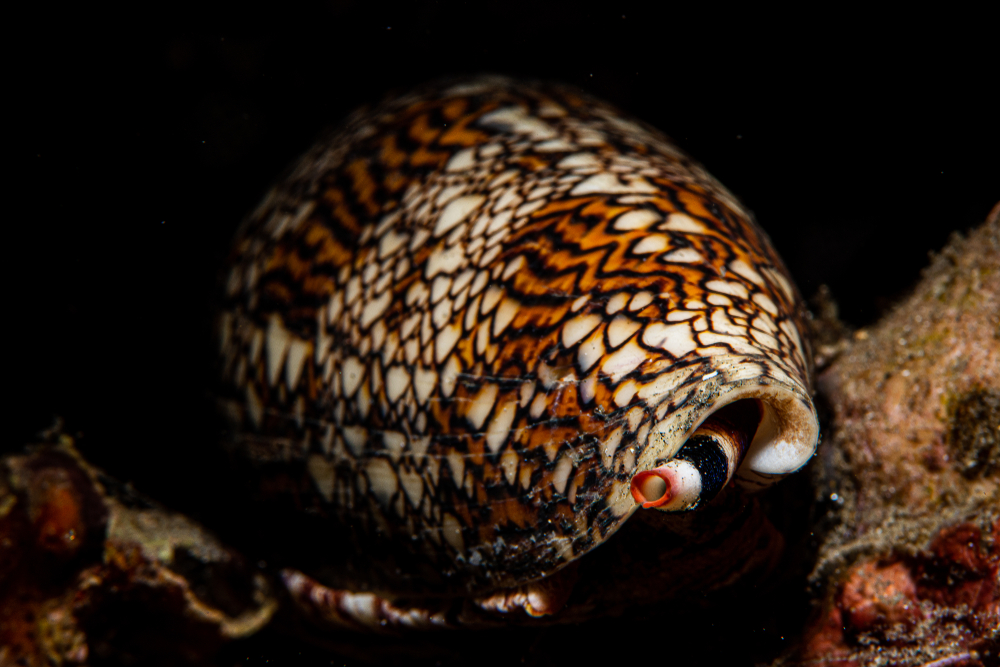
The cone snail may look harmless with its beautiful, intricately patterned shell, but it harbors a deadly weapon. Found primarily in the warm, tropical waters of the jungle’s coastal regions, cone snails use a harpoon-like tooth to inject venom into their prey. This venom, known as conotoxin, is a complex mixture of toxins that can paralyze fish almost instantly. According to Smithsonian Magazine, researchers are exploring the potential of cone snail venom in developing new, non-addictive painkillers.
Cone snails are slow-moving, so their venom is crucial for both hunting and defense. Their ability to immobilize prey allows these snails to consume fish that are often larger than themselves. While they are a threat to humans if handled carelessly, they generally pose little danger if left alone. Their existence is a reminder of the hidden dangers that lie beneath the ocean’s surface. The cone snail’s venom, while lethal, also holds the promise of medical breakthroughs, showcasing the dual nature of these fascinating creatures.
4. The Colorful Blue-Ringed Octopus
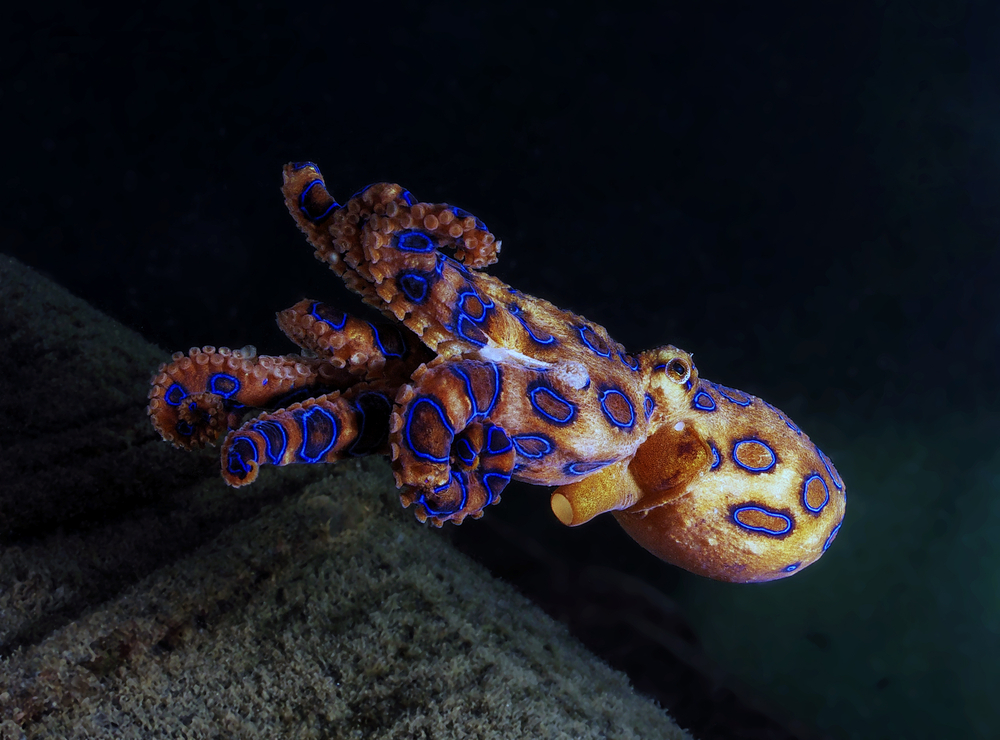
The blue-ringed octopus is a small but strikingly beautiful creature that can be found in the tropical waters of the Indo-Pacific Ocean. Its vibrant blue rings serve as a warning sign to potential predators that it is highly toxic. The venom of the blue-ringed octopus contains tetrodotoxin, a potent neurotoxin that can cause muscle paralysis and, in severe cases, respiratory failure. Despite its diminutive size, its venom is powerful enough to kill 26 adult humans within minutes. Remarkably, this octopus’s venom is stored in its salivary glands and delivered through a bite.
This octopus is typically non-aggressive, using its toxin primarily for hunting small fish and crustaceans. Its ability to camouflage with its surroundings makes it a stealthy predator. The blue-ringed octopus is a marvel of nature, showcasing how small creatures can pack a big punch. While they are dangerous, these octopuses are also timid and prefer to avoid contact with humans. Observing them from a safe distance allows us to appreciate their beauty and complexity without putting ourselves at risk.
5. The Deadly King Cobra
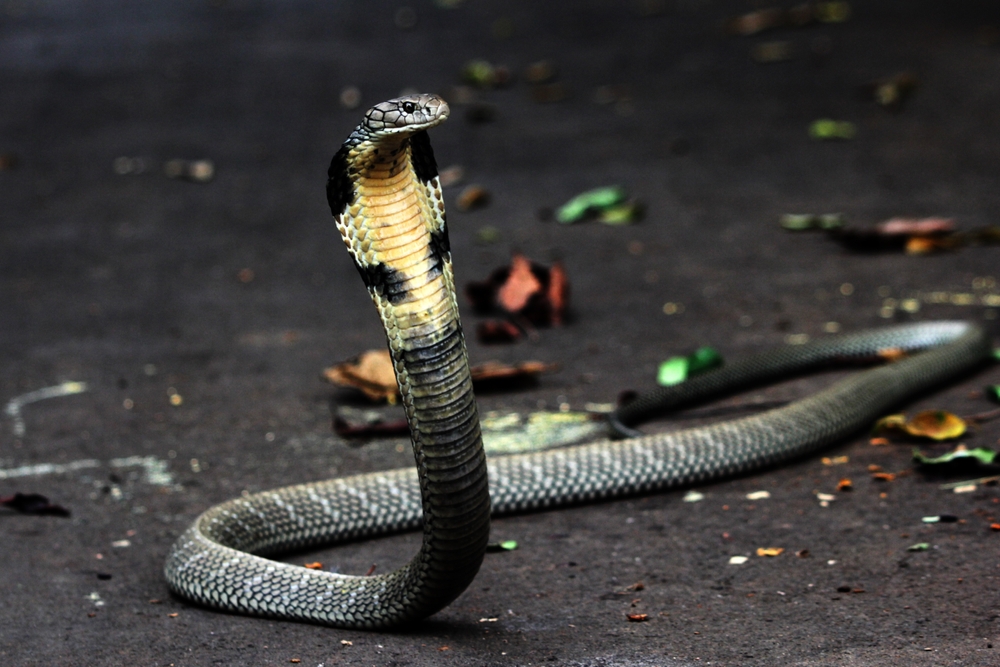
The king cobra is the longest venomous snake in the world, capable of reaching lengths of up to 18 feet. Its venom is not only potent but also abundant, with a single bite delivering enough neurotoxin to kill an elephant. The king cobra’s hood, which it flares when threatened, is one of its most recognizable features. Despite its fearsome reputation, this snake is generally shy and will avoid confrontation if possible. The king cobra’s diet primarily consists of other snakes, making it an important control in maintaining the balance of its ecosystem.
In addition to its hunting prowess, the king cobra is known for its intelligence and complex social behavior. During the breeding season, males engage in ritualistic combat, showcasing their strength without causing harm. The conservation of king cobras is crucial, as habitat destruction poses a significant threat to their survival. Understanding and respecting these majestic creatures can help mitigate conflict between humans and snakes. The king cobra is a prime example of the power and elegance that exists within the animal kingdom.
6. The Powerful Bullet Ant
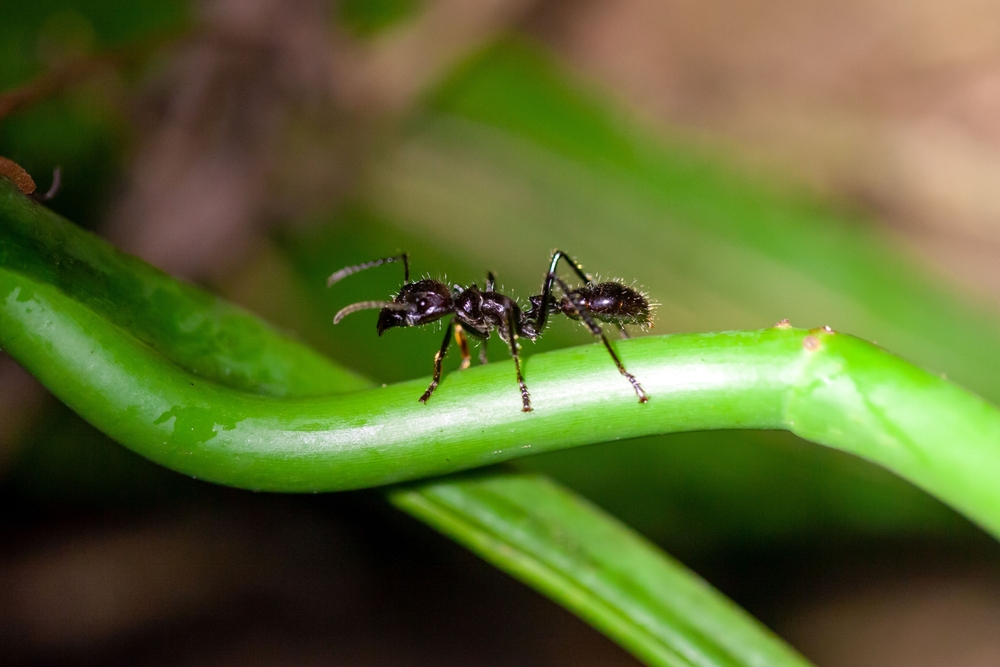
The bullet ant is notorious for having one of the most painful stings in the insect world, likened to being shot by a bullet. Found in the rainforests of Central and South America, these ants use their potent venom primarily for defense. The sting releases a neurotoxin that causes intense pain, lasting up to 24 hours. Despite their fearsome sting, bullet ants are highly social creatures, living in structured colonies with a clear hierarchy. Their painful sting is part of the initiation ceremonies of some indigenous tribes, where young men endure the pain to prove their bravery.
Bullet ants play a vital role in the ecosystem by aerating the soil and controlling insect populations. Their presence is a testament to the intricate web of life that exists in the jungle. While their sting is something to be wary of, bullet ants are not aggressive and will only attack when threatened. Observing these ants in their natural habitat reveals the complex social structures and survival strategies they employ. Their ability to cause such significant pain is a reminder of the diverse and potent defenses that exist in nature.
7. The Intriguing Box Jellyfish
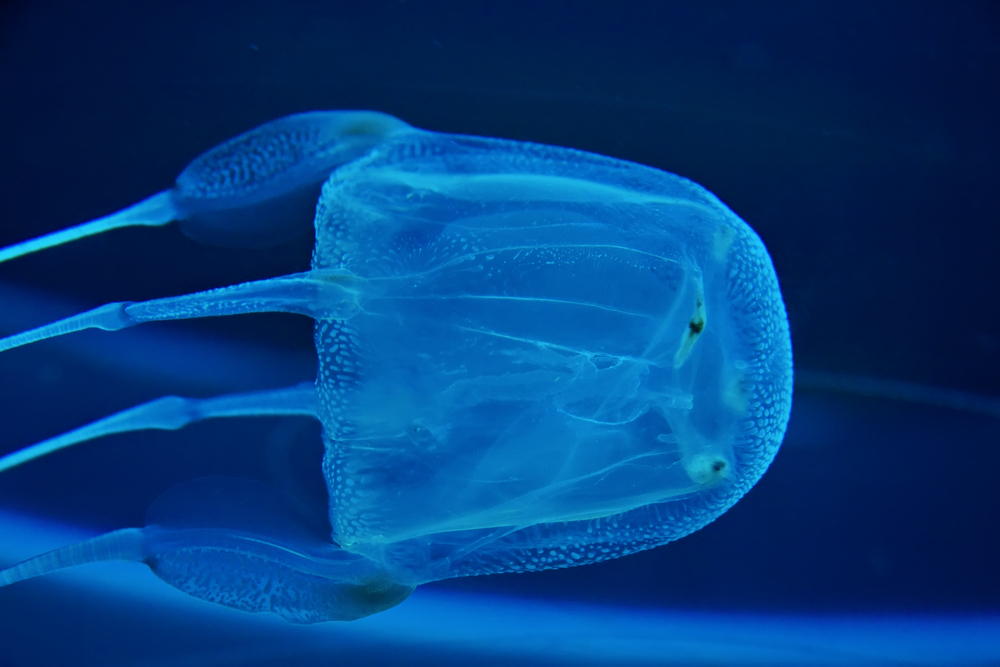
The box jellyfish, known for its cube-shaped bell, is one of the most venomous marine creatures in the world. Found in the coastal waters of the Indo-Pacific region, it uses its venomous tentacles to capture prey and deter predators. The venom contains toxins that attack the heart, nervous system, and skin cells, causing excruciating pain and, in severe cases, cardiac arrest. The transparent nature of the box jellyfish makes it difficult to spot, increasing the risk of accidental stings. Despite its deadly nature, the box jellyfish plays a crucial role in the marine ecosystem as both predator and prey.
Box jellyfish have an astonishing ability to move at a rapid pace, unlike other jellyfish that drift with the current. This agility, combined with their potent venom, makes them formidable hunters. While their sting can be fatal to humans, prompt medical treatment can mitigate the effects. Research into their venom is ongoing, with scientists exploring potential medical applications. The box jellyfish’s existence highlights the beauty and danger that coexist in the ocean’s depths, reminding us of the delicate balance in nature.
8. The Formidable Komodo Dragon
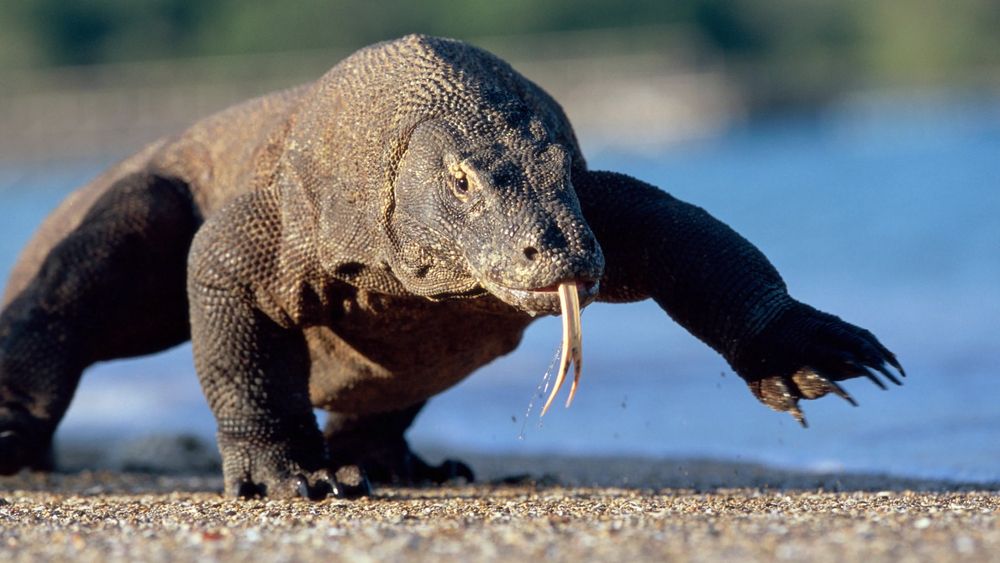
The Komodo dragon is the largest living species of lizard, and it inhabits several Indonesian islands. Known for its impressive size and strength, the Komodo dragon is also equipped with venom glands that secrete a complex mix of toxins. This venom lowers blood pressure, causes massive bleeding, and induces shock in its prey, ensuring that once bitten, the prey has little chance of escape. Komodo dragons are ambush predators, relying on their stealth and power to take down large animals such as deer and water buffalo. Their venomous bite, along with their sharp teeth and powerful jaws, makes them apex predators in their environment.
Komodo dragons are solitary creatures, except during mating season when they can be seen interacting more frequently. They play a significant role in their ecosystem by controlling the population of herbivores and scavenging carrion. Despite their fearsome reputation, Komodo dragons are vulnerable to threats such as habitat loss and poaching. Conservation efforts are essential to ensure the survival of these incredible reptiles. Observing a Komodo dragon in the wild is a thrilling experience, showcasing the raw power and majesty of nature’s designs.
9. The Crafty Stonefish
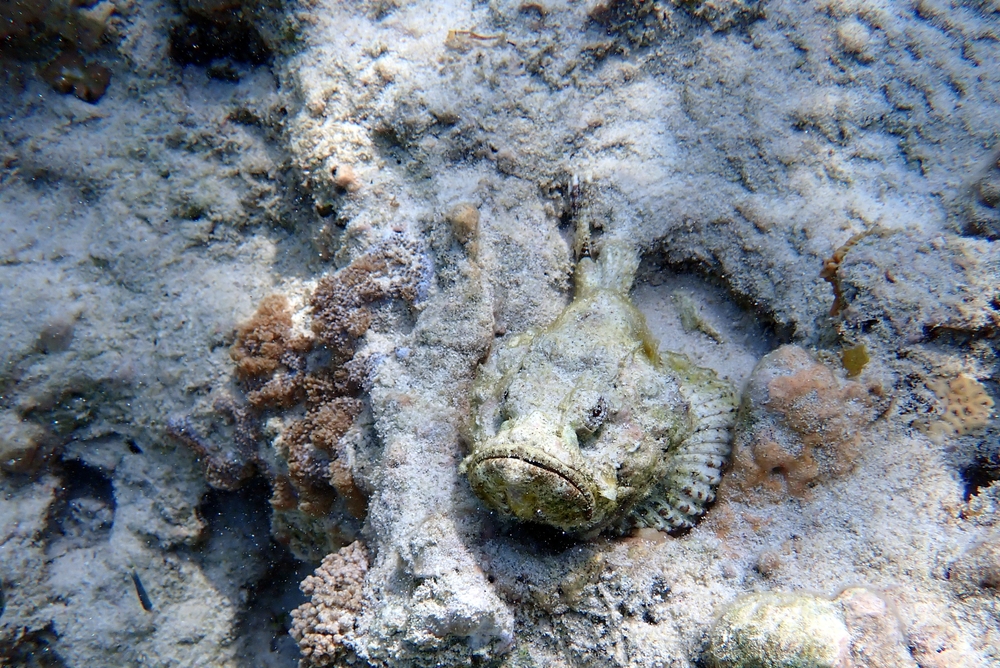
The stonefish, often regarded as the most venomous fish in the world, is a master of disguise. Found in the coastal waters of the Indo-Pacific region, it camouflages itself among the rocks and coral on the ocean floor. Its venomous spines deliver a powerful toxin that can cause excruciating pain, swelling, and even paralysis. The stonefish’s ability to blend in with its surroundings makes it a highly effective ambush predator. It lies motionless, waiting for unsuspecting prey to come within its range before striking with lightning speed.
Despite its dangerous reputation, the stonefish plays an essential role in the marine ecosystem by maintaining the balance of fish populations. Their venom is also of interest to medical researchers, who study it for potential applications in pain relief and other treatments. While their sting is something to be cautious of, stonefish generally pose little threat to humans if left undisturbed. Their existence is a reminder of the hidden dangers lurking beneath the ocean’s surface. The stonefish’s ability to both harm and contribute to scientific advancements highlights the complexity of nature’s designs.
10. The Camouflaged Assassin Bug
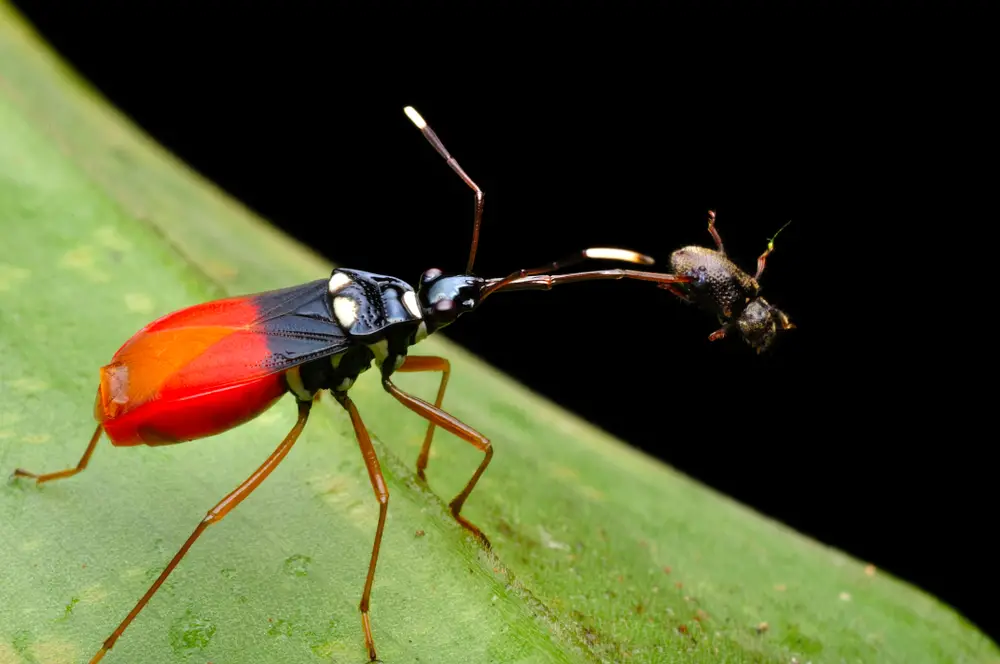
Assassin bugs are found in tropical regions around the world and are known for their predatory prowess. These insects use their long, needle-like mouthparts to inject a lethal mix of enzymes and toxins into their prey. The venom liquefies the insides of the insect, which the assassin bug then sucks out, leaving only an empty exoskeleton. Despite their small size, assassin bugs are formidable predators, capable of taking down insects much larger than themselves. Their ability to blend with their surroundings makes them stealthy hunters.
Assassin bugs also have a defensive use for their venom, deterring potential predators with their painful bite. They play an essential role in controlling insect populations, particularly those of agricultural pests. While their bite can be painful to humans, assassin bugs are generally not aggressive towards us. Their unique hunting strategy showcases the diverse adaptations found in the insect world. Observing their behavior provides insight into the complex web of interactions that sustain the jungle ecosystem.
11. The Stealthy Leopard Seal

Leopard seals are formidable predators found in the frigid waters surrounding Antarctica, and while they are not tropical creatures, their presence in the southern hemisphere’s jungles of ice is equally fascinating. These seals are known for their powerful jaws and sharp teeth, which they use to hunt penguins and other seals. While they don’t produce venom, their saliva contains bacteria that can cause infections in their prey. Their hunting strategy involves lurking near the edges of the ice and ambushing unsuspecting animals as they enter or exit the water.
Leopard seals play a crucial role in the Antarctic ecosystem, maintaining the balance of predator and prey populations. Their presence also supports scavenger species that feed on the remains of their kills. Though they have a fearsome reputation, these seals are generally solitary and prefer to avoid human interaction. However, they can be curious and approach boats or divers, displaying intelligence and inquisitiveness. Understanding their behavior and ecological role helps demystify these apex predators of the icy seas.
12. The Cunning Bushmaster Snake
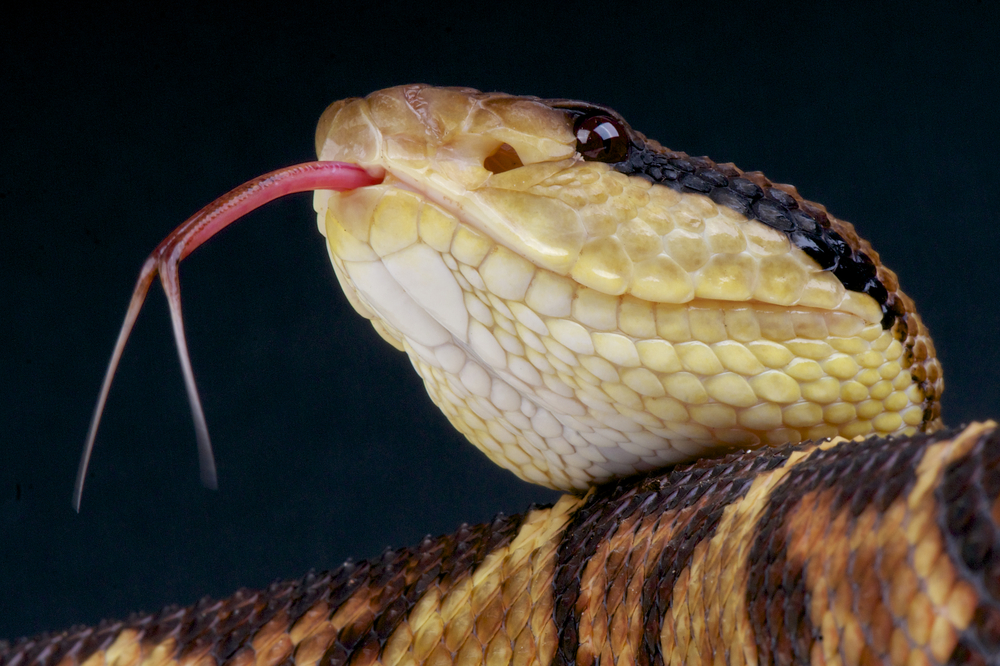
The bushmaster snake is the largest venomous snake in the Americas, inhabiting the dense jungles of Central and South America. Known for its potent venom, the bushmaster uses a combination of neurotoxins and hemotoxins to immobilize its prey quickly. Its large fangs allow it to deliver a significant amount of venom with each strike. Despite its fearsome reputation, the bushmaster is generally reclusive and elusive, preferring to avoid human contact. The snake’s ability to blend with the forest floor makes it a stealthy hunter.
Bushmasters play an essential role in their ecosystem by controlling rodent populations, which helps maintain the health of the jungle’s complex food web. Their venom is also of interest to medical researchers, who hope to find applications for it in developing new therapies. Respecting their space and understanding their role in nature can help reduce human-snake conflicts. Observing a bushmaster in its natural habitat is a rare and humbling experience, showcasing the intricate balance of life in the jungle.
